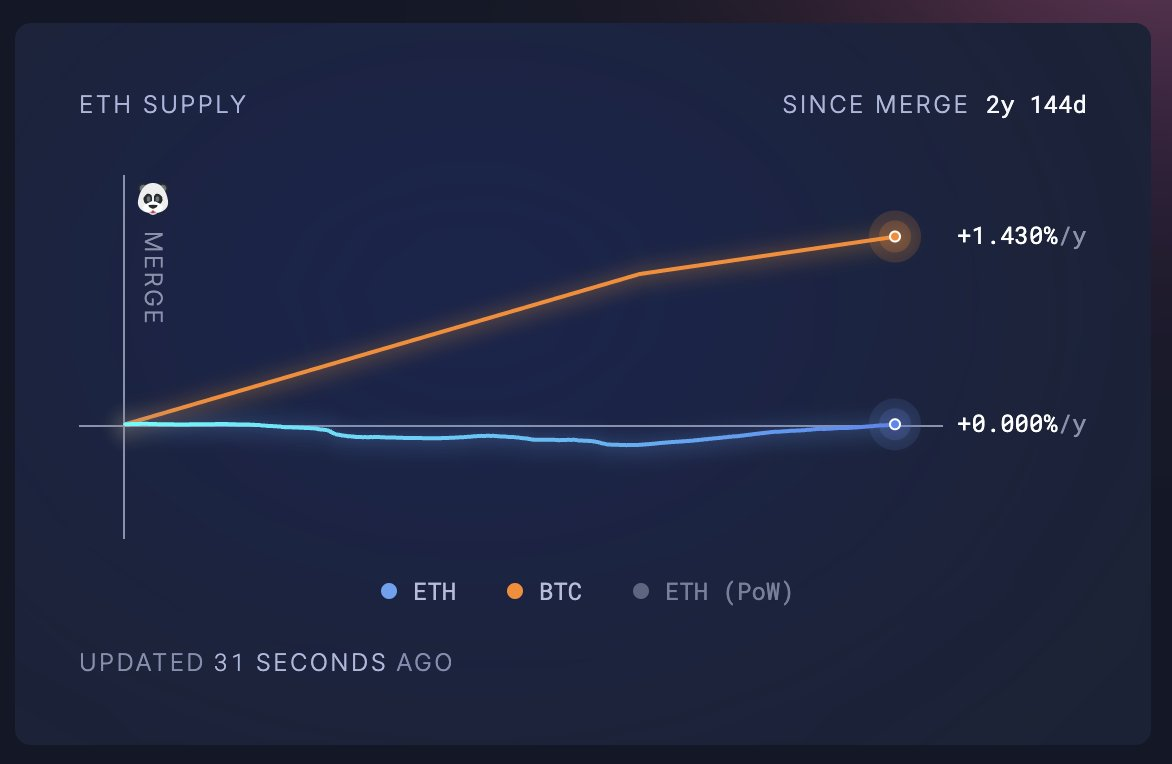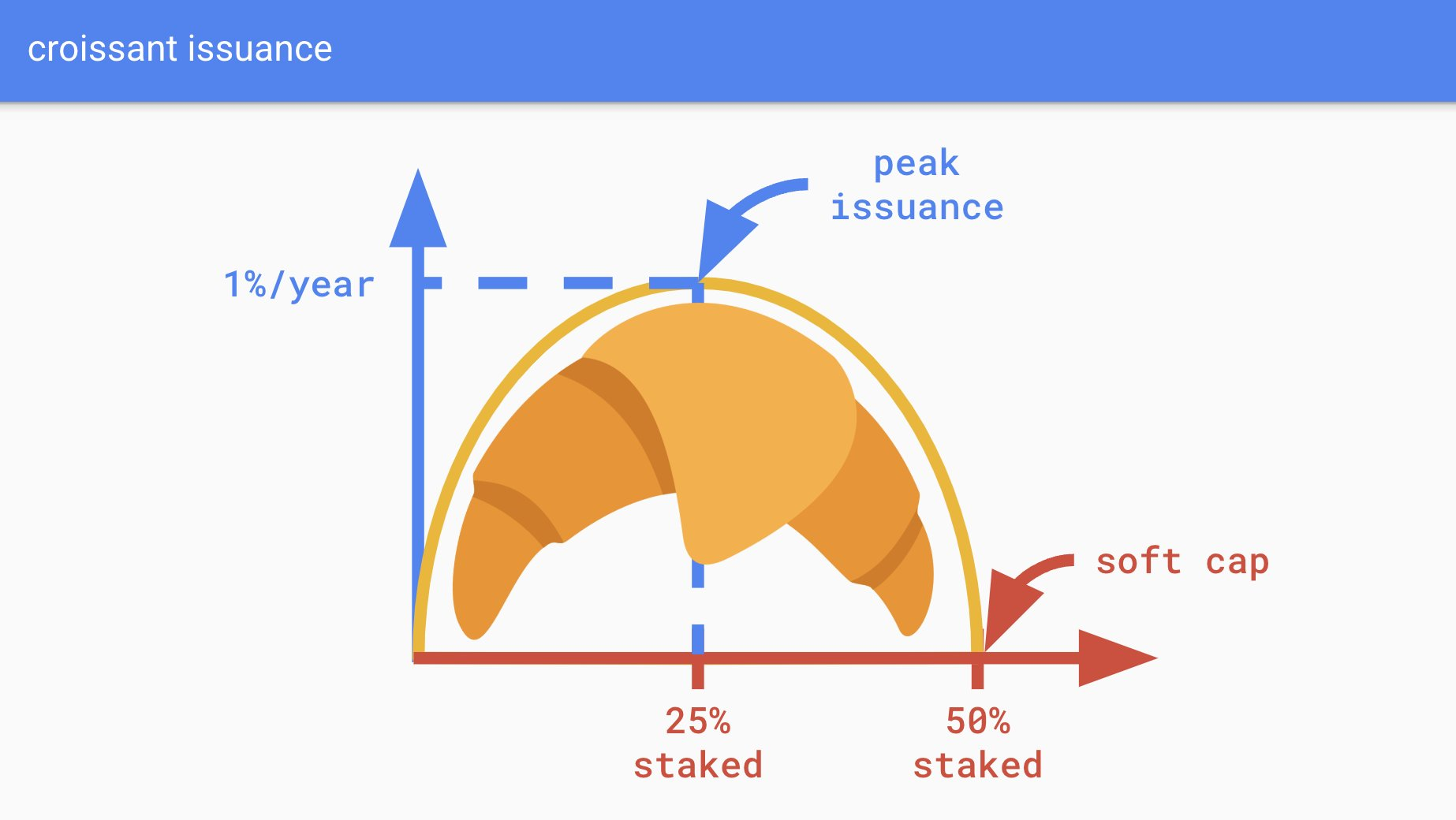The decrease in ETH circulation and the increase in destruction will occur simultaneously. Since the Ethereum merger, ETH is scarcer than BTC.
Author: Justin Drake, researcher at the Ethereum Foundation
Compiled by: Felix, PANews
ETH supply is currently growing by 0.5% annually. That is, 1% of annual circulation minus 0.5% of annual destruction. If you want to realize excess returns again, either the circulation volume will be reduced or the destruction volume will be increased. Personally, I think both can happen.
ETH and BTC
Before delving into the distribution and destruction of Ethereum, let’s give a brief introduction to ETH and BTC.
Internet native currency is a huge opportunity, worth tens of trillions of dollars. Currency premiums rarely accumulate on a large scale. You need a truly attractive asset with outstanding attributes for social harmony.
At first glance, money is a zero-sum game. In the Internet age, gold is ready for non-monetization. There are only two candidate currencies that can replace it and win the Internet currency battle-BTC and ETH. No other currency can match it. Personally, the decisive factors are credible neutrality, security and scarcity.
Since the Ethereum merger, ETH is scarcer than BTC. It is worth noting that BTC supply increased by 666,000 to a value of US$66 billion, while ETH supply remained stable. Today, BTC supply is growing 0.83% annually, 66% faster than ETH. For those looking to the future, ETH supply will decrease again.

Scarcity is important, but in the end the Internet currency battle may still be resolved by security. Ironically, the famous 21 million BTC cap is the culprit. BTC circulation will fall to zero-Bitcoin’s most powerful social contract. After several halving times, circulation will be so small that it doesn’t matter.
Here’s a piece of data: In the past seven days, only 1% of miners ‘income came from Bitcoin fees, and 99% came from Bitcoin issuance. This is still the case despite four halving and a 16-fold decline in issuance, and despite 15 years of people searching for Bitcoin’s transactional utility.
Personally, I think that the Bitcoin blockchain is outdated. A sustained 51% attack on Bitcoin would require approximately US$10 billion and 10GW of electricity. For nation-states, the costs are negligible. As for electricity, Texas can produce 80GW. BTC has a safety ratio of 200 to 1, a $2 trillion asset guaranteed by $10 billion in economic security.
Any short-selling tool related to BTC mining incentivizes 51% attacks. There are US$20 billion worth of Bitcoin mining shares-these stocks will cause an immediate “nuclear explosion.” BTC has $40 billion in open interest contracts-direct short selling exposure. Not to mention the potential short selling exposure generated through a $100 billion ETF and a $100 billion MSTR.
Can BitVM solve the fee problem? Any BitVM bridge is an incentive for a 51% attack on Bitcoin. In fact, 51% of attackers were able to review fraud proof and exhaust BitVM bridges during the challenge period. Ironically, BitVM can be said to be a direct attack on Bitcoin.
If the price of BTC rises 10 times, surpassing gold, will Bitcoin still be safe? Suppose this happens in the next 11 years. BTC will become an asset worth US$20 trillion, but due to three halving, issuance will shrink eightfold. The safety ratio will exceed 1000 to 1. Personally, this is untenable, especially when BTC is institutionalized, more liquid, and ultimately easier to short. Imagine $1 trillion in perpetual open interest contracts, but only $10 billion in economic security.
Can Bitcoin somehow repair itself before it’s too late? Bitcoin is the epitome of blockchain rigidity. Can it have a tail circulation of 1% per year? Maybe Bitcoin can switch to PoS and rely on minimum fees? PoS is blasphemy. Maybe Bitcoin can be exchanged for another PoW algorithm? No, that nuclear option won’t help. Maybe Bitcoin could have large blocks and sell data availability on a large scale? Well, for the sake of the community, a holy war broke out.
If you have read this and understood what is above, congratulations. Even today, few people are aware of the long-term impact of Bitcoin PoW and the impact on BTC assets. This is an opportunity to execute first, but requires patience. It’s not a month, not even a year-it’s 10 years.
Speaking of long-term frameworks, Lummis’s proposal to lock BTC for 20 years is a bit crazy-by then Bitcoin will be phased out. Even worse, if the United States holds trillions of dollars in BTC, this will directly inspire America’s enemies to launch 51% attacks. Contrary to popular belief, Bitcoin has no resistance to nation states at all-countries such as Russia can easily launch 51% attacks.
ETH release
Back to ETH. The current release curve is a trap. Unfortunately, just like Bitcoin’s issuance, Ethereum’s issuance was wrong. It guarantees a 2% tail APR even if 100% of ETH is pledged. Since the pledge cost is well below 2%, every rational ETH holder will be encouraged to pledge.
When most ETH is pledged, it faces losses:
→ ETH Replacement: Liquid pledged tokens like stETH and cbETH replace the original ETH as collateral. This injects systemic risks into DeFi (custody risk, reduction risk, governance risk, smart contract risk). Such swaps would also weaken ETH’s role as a unit of account and have a further knock-on effect on currency premiums.
→ Real profits and tax rates: Real profits, which is the income adjusted for supply growth, decline as ETH pledges increase. When 100% ETH is pledged, all ETH holders will be diluted equally. To make matters worse, income taxes are levied based on nominal gains. It would be a tragedy if no pledger enjoyed positive real profits while all ETH holders were subject to billions of dollars in selling pressure every year.
Personally, the issuance curve should promote the discovery of fair issuance rates through competition among pledgers-rather than arbitrarily setting a lower limit of 2%. This means that as ETH pledges increase, the issuance curve must eventually fall and return to zero. My personal suggestion is “Croissant Issue”.

The “Croissant Issue” is a simple semi-ellipse with two parameters:
→ Soft cap: The pledge ratio when the circulation returns to zero. The 50% soft cap on pledge feels credible, neutral and pragmatic.
→ Peak issuance: The theoretical maximum issuance borne by ETH holders. An arbitrary whole number (such as 1% per year) will do, because the final interest rate will be determined by the market.
Researchers at the Ethereum Foundation have been studying releases for years-personally, it is a rough consensus that the current curve has been broken and needs to be changed. Guiding social layers to change distribution is not easy. This is an opportunity for the champions to respond to this situation and coordinate changes in the main network in the coming years.
ETH destruction
Personally, a sustainable way to destroy large amounts of ETH is to expand data availability. A DA with 10 million TPS and paying $0.001 per transaction is more profitable than owning 100 TPS and paying $100 per transaction.
I wouldn’t be surprised if we saw hundreds of ETH blobs destroyed every day this year, then that destruction could suddenly plummet again due to companion data availability (DAS) in the Fusaka fork.
Yes, the blobs (data blocks) introduced by EIP-4844 reduce the total destruction volume to a certain extent, which is a natural phenomenon of supply and demand. When demand for DA catches up with supply, expect large quantities of blobs to be destroyed. In a few months, the Pectra hard fork will double the number of blobs. The short-term goal is growth, and significant growth is expected.
In the next few years, supply and demand will continue to play like a cat-and-mouse game until the complete Danksharding deployment is completed. It would not be surprising to see hundreds of ETH blobs destroyed every day this year, and then that destruction suddenly collapses again due to the collapse of the peer DAS in the Fusaka fork.
Looking to the future, this is about building infrastructure for decades and centuries to come. The fundamentals will emerge in the next few years. Whether it is Bitcoin security, ETH issuance or ETH destruction, we must maintain patience and confidence.
Related reading: The Ethereum Foundation’s “Game of Thrones”, where is the foundation’s major reform heading?



